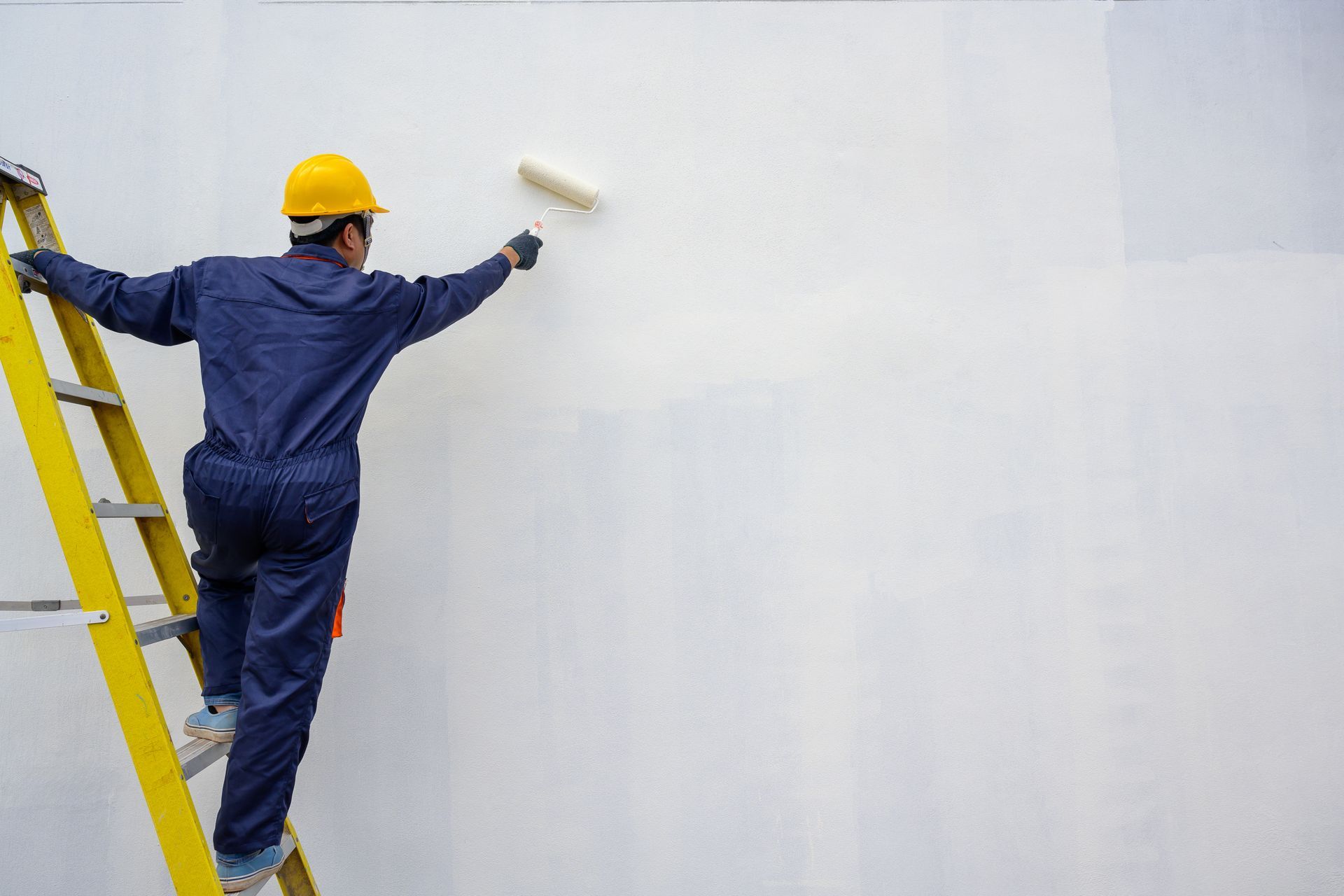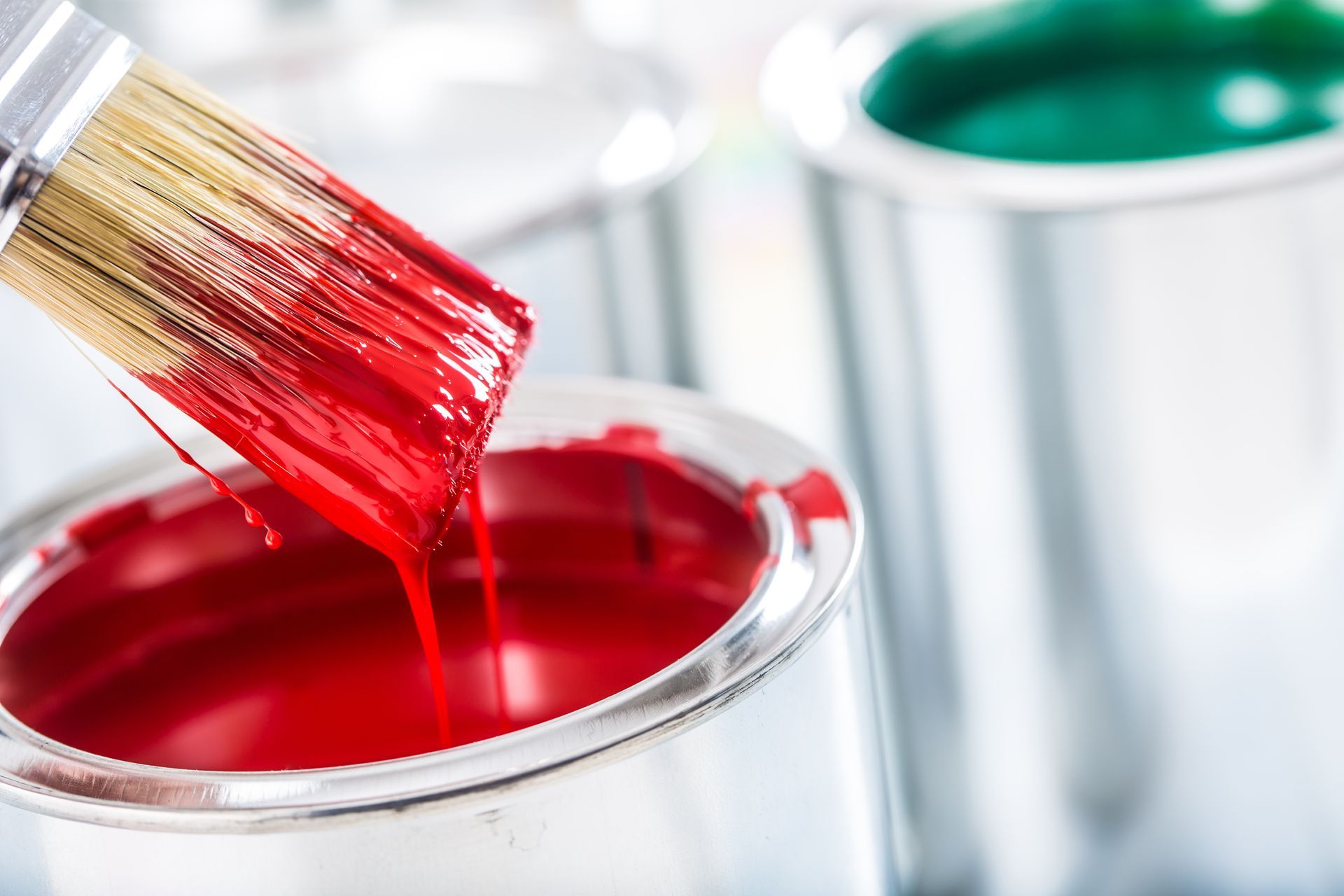When it comes to home improvement projects, interior painting and exterior painting are two of the most popular choices for a quick and noticeable upgrade. However, for older homes, there's an often unseen hazard lingering beneath the surface: lead paint. Lead paint was commonly used in homes until the late 1970s and is a significant health risk, particularly for children and pregnant women. As a responsible homeowner, it's crucial to be proactive about lead paint identification before scheduling any painting job to protect the health of your household. This guide will walk you through the process of identifying lead paint, understanding its risks, and ensuring a lead-safe environment for your family.
Understanding Lead Paint: A Legacy of Health Risks
Lead paint refers to any paint with lead content, typically mixed with pigment. The U.S. Consumer Product Safety Commission banned lead-based paints for residential use in 1978 due to the devastating health effects it can have, especially on young children. Lead exposure can lead to a range of health problems, from behavioral issues and learning disabilities to seizures and even death in extreme cases.
Where Lead Paint Lurks in Your Home
Older homes are more likely to contain lead paint, and it's often found in:
- Walls
- Woodwork
- Exterior surfaces
- Windows and sills
- Trim
- Stairs and railings
Methods for Identifying Lead Paint

Before beginning the identification process, understand that lead paint is not usually a problem if it is in good condition and not on areas that are subject to friction or impact. It's when lead paint deteriorates, such as through wear and tear, that it becomes a hazard.
DIY Test Kits: Quick and Inexpensive
DIY lead testing kits are available over the counter at most hardware stores. The kits include swabs that change color when they come into contact with lead. It's important to follow the directions precisely, as improper use can lead to false negatives or positives.
Hiring a Professional Lead Inspector: Comprehensive Testing
A certified lead inspector uses specialized equipment to detect lead. If you're unsure about testing results or suspect conflicting information, professional inspection can provide clarity.
Visual Inspection: A Simple Step
In some cases, visual inspection can provide clues to the presence of lead paint. Homes built before 1978 are more likely to contain lead paint, so the age of your house is a good indicator. Checking for lead paint can involve looking for characteristic signs, such as:
- Paint that's still in good condition but is chalky or dusty with the touch
- Multiple layers of paint, especially if the bottom layer is red or yellow
- Areas where there is a lot of wear and tear, as this can cause lead paint to flake
Safety Precautions: Dealing With Lead Paint If You Find It
If your paint tests positive for lead, there are several steps to ensure that removal or disturbance of the paint does not cause health issues.
Lead Paint Removal: When and How to Act
If the lead paint is deteriorating, it's important to address it. If the paint isn't peeling and is in good condition, it's often safer to encapsulate it with a sealant. When removing lead paint, it's vital to:
- Use appropriate personal protective equipment (PPE)
- Follow safe work practices, such as wetting down surfaces before sanding
- Contain the work area to prevent lead dust from spreading
Health Risks: Protecting Yourself and Your Family
Lead exposure is particularly dangerous for children under the age of six and pregnant women. To protect against lead poisoning, it's essential to:
- Clean regularly to minimize dust
- Wash children's hands and pacifiers often
- Identify and remediate lead hazards in your home
- Get annual lead checkups for children living in older homes
Resources for Further Information and Assistance
A variety of resources and organizations are available to provide guidance and support in dealing with lead paint:
- The Environmental Protection Agency (EPA) offers a wealth of information on lead-safe practices
- Local health departments can provide information on testing and resources for lead abatement
- The National Lead Information Center (NLIC) has a hotline for questions about lead safety and prevention
While the presence of lead in your home can be alarming due to its potential health risks, it is not an insurmountable issue. With the right approach and professional assistance, lead paint can be successfully and safely removed or stabilized, ensuring that your painting project proceeds without endangering your family's health. Before you embark on any renovations, particularly painting, it's essential to engage with certified abatement professionals who can ascertain the best course of action. Safety is paramount, and by taking informed steps to address lead paint, you'll not only protect your household but also contribute to a healthier living environment.
Recent Blogs




Get A Fast Quote Online
Have a painting project you need a quote for? Submit a fast and easy quote request online
Pioneer Painters is a Painting Contractor in Longmeadow, Massachusetts and the surrounding areas. Call today for more Painter Service Information.
Site Links
All Rights Reserved | Pioneer Painters

